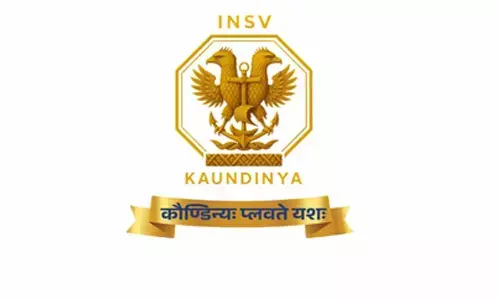How to invest in debt funds post RBI money policy?

How to invest in debt funds post RBI money policy?
Dynamic bond funds with less or no intermediate bonds would play out good for the investors with a moderate risk appetite
Reserve Bank of India (RBI) has maintained no change in the policy rates in their latest monetary policy as the MPC voted unanimously to retain the key arbitrage between the repo and reverse repo at 65bps. The central bank continues to persist with the accommodative stance though it moved out of the time based (earlier it was considering till next financial year). This is a more pragmatic approach to the dynamic situation evolving across the world.
The accommodation of very short rates in the near term is untenable, at least for long and so the bank has to adjust the reverse repo to the norm. This normalization of rates at the short end of the yield curve is partly being anticipated by the markets in the last few weeks. This is being partly achieved by adopting a longer-term Variable Rate Reverse Repo (VRRR) auction than the current one (14-day) leading to inching up in the short-term rates. This way the RBI could manipulate the short end of the curve without adjusting the reverse repo. So, course reverting to the norm is achieved without turning hawkish while being accommodative.
Possibly the most significant change made by the central bank is the introduction of Government Bond Acquisition Program, GSAP 1.0 where it has committed open market purchases of government securities. This is seen as the India's QE (Quantitative Easing). The total targeted amount is one lakhcrore for the first quarter of this financial year, slated for an initial purchase of 25,000 crore by mid-April. This move brings in a huge relief to the market which is worried about how the planned fund raising by the government pans out, also dissolves the volatility associated with it. The recent spike in global bond yields was seen as a spanner for the government debt raise and RBI has solved this problem with GSAP.
The US Federal Reserve (Fed) has continued their stance of monetary policy and actions especially on the priority towards growth & employment over inflationary fears. It considers the impact could be transitory and would be a mere blip even as the administration has doubled up the fiscal response with a $2 trillion infrastructure bill. As the details emerged that this additional spend is being mostly financed from an increase in the taxes and thus little change in the government balance sheet is reflecting a bit about the strategy of prudence in fiscal spend.
With this backdrop along with the unknown second wave virus trajectory makes the RBI's move very rational and practical allowing a gradual transition to normalcy. The G-sec volatility is flattened and allows for a smooth borrowing program at relatively stable rates. As investors in debt funds, investors mayn't need to alter their current allocation if done within their goals and timelines. The central bank has cut 135 bps (basis points) over five instances during last year and the current policy decision gives a sense that the rate cut cycle is buried. There would be a gradual hike in the rates though an actual change is a few months away from now.
Of course, the evolution from here depends largely on how the inflation would translate in near future which again is dependent upon the vaccine drive, re-opening and infection rates. This dichotomy is making the choice a bit complex for the investors. Though the current actions help the yields in the long part of the curve, over allocating in longer duration may have adverse impact as the realization of carry will not be rendered completely. A barbell strategy where both the short and long-term bonds are involved would make more sense to make most out of the evolving opportunity. Dynamic bond funds with less or no intermediate bonds would play out good for the investors with a moderate risk appetite. Conservative investors could stick to the short end of the investments.
(The author is a co-founder of "Wealocity", a wealth
management firm and could be reached at [email protected])




















